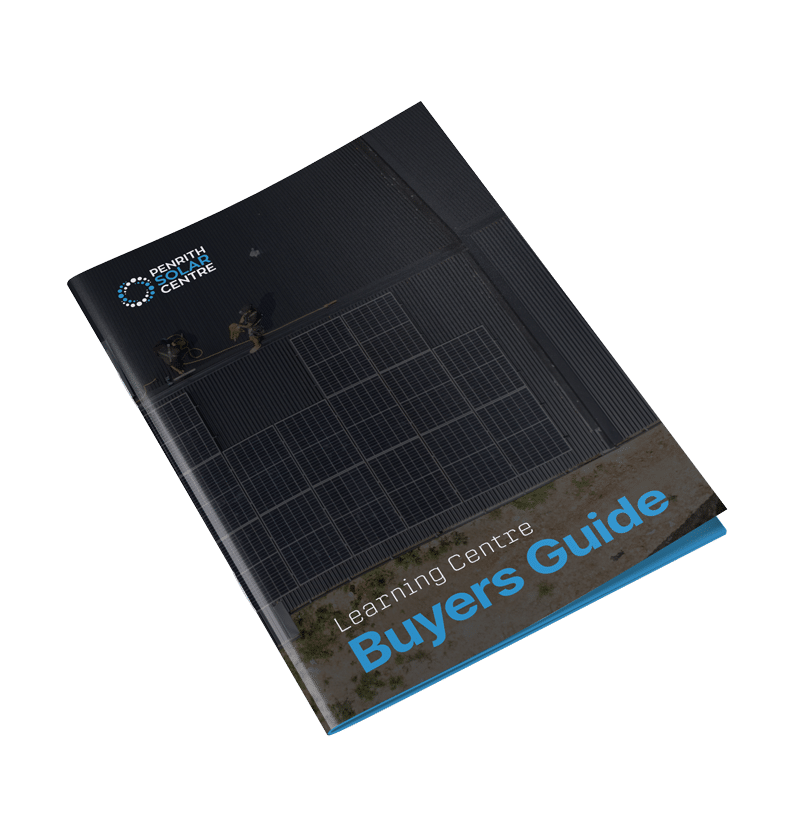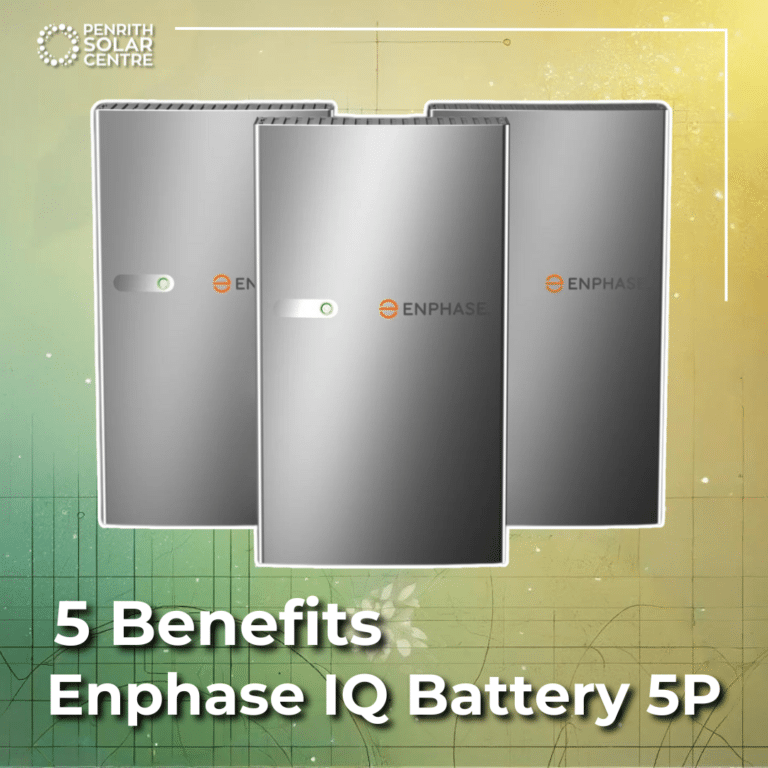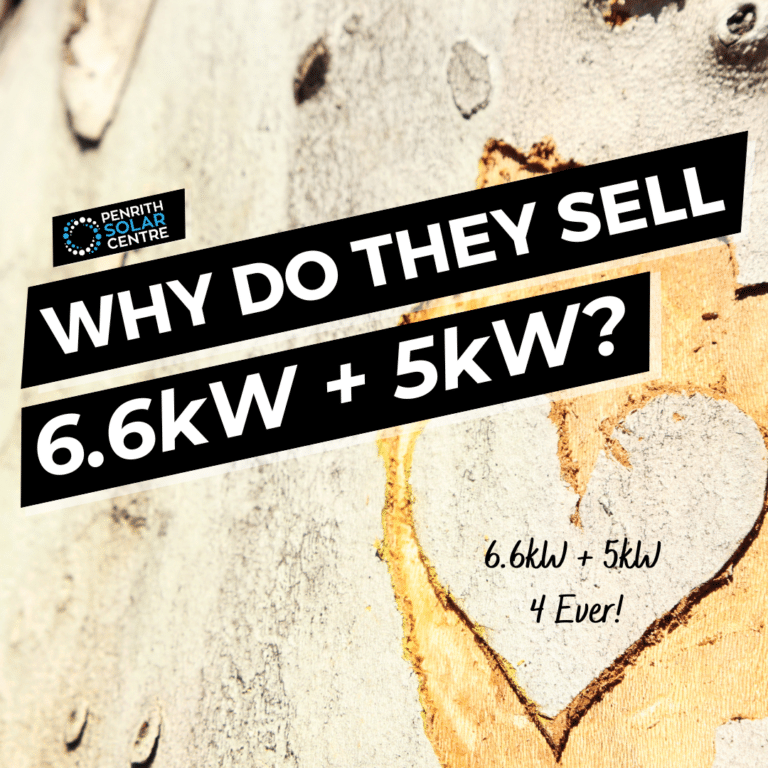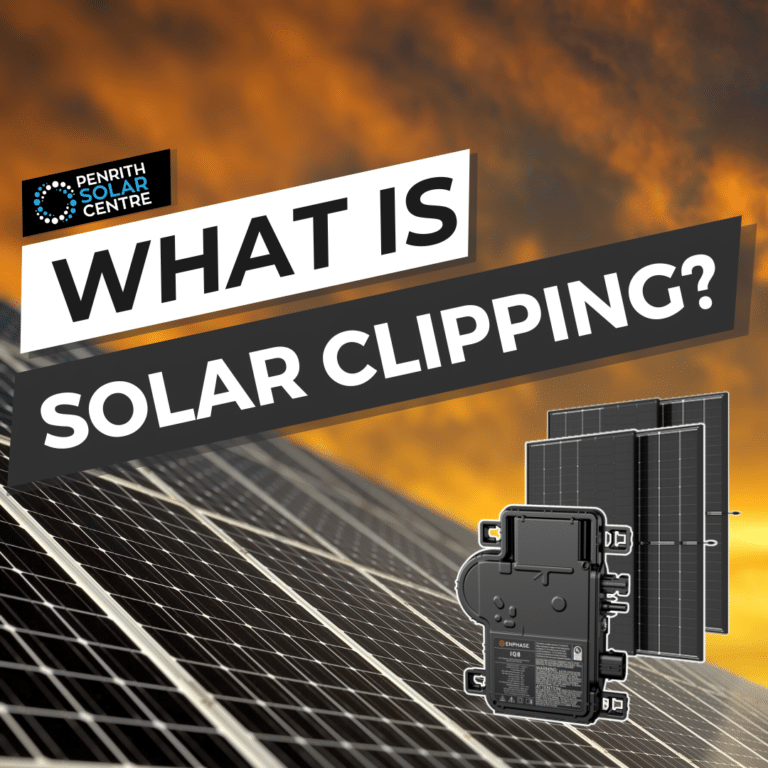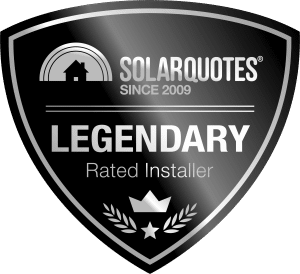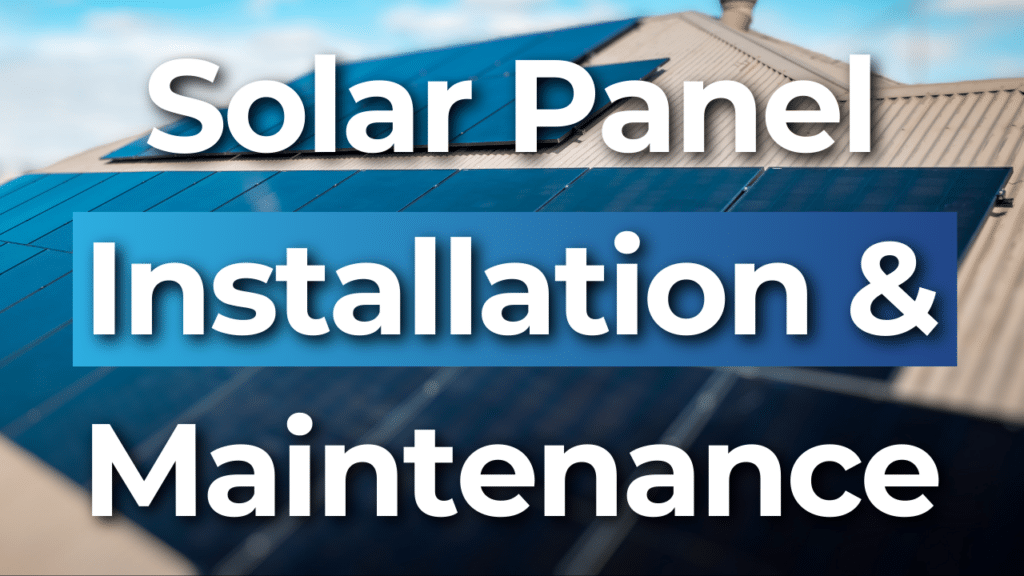
Are you worried that your solar panels might not perform as efficiently as they should? Improper installation and maintenance can lead to reduced output, costly repairs, and a shorter system lifespan.
At Penrith Solar Centre, we’ve spent years helping homeowners maximise their solar investments. We know firsthand how the right approach can make a difference in your installation and, ultimately, your energy bills.
In this article, you’ll learn about the following:
- Best Practices: How Do You Install Solar Panels?
- How Do You Clean Solar Panels?
- Efficient Solar Panels: Inspection and Troubleshooting
By the end of this guide, you’ll learn how solar panels that are installed correctly, maintained effectively, and free of common pitfalls will optimise your system’s performance.
Best Practices: How Do You Install Solar Panels?
Who you choose as your solar installer is the most important decision you can make for your solar system. It’s even more important than what type of inverter you want.
Proper installation sets the foundation for your solar panels’ long-term performance. A well-installed system will make sure your panels are stable, efficient, and protected against environmental stress.
Poor installation leads to early failure, costly repairs, and dangerous situations for your home.
Here are a few things that our team does that highlight how careful they are on your home:
Clamping Zones
Solar panels are mounted on mounting systems. It’s not the most inventive name, but it does accurately describe what it does: the mounting system secures the solar panel to your roof. The way your panels are mounted is just as important as the panels themselves.
Solar panels are attached to mounting systems with clamps, and those clamps need to be placed in specific zones, as outlined by the manufacturer.
- Definition: Clamping zones are the designated points where the panel’s weight is evenly distributed across the mounting system.
- Why It Matters: Incorrect clamping can cause panels to flex, leading to microcracks in the silicon cells. Think of a diving board. If most of the board hangs off the edge of the pool, it flexes when you jump. Panels behave similarly if not supported correctly.
Rail Placement
Rails provide structural support for the panels. Typically, one rail is placed at the top of the panel and another at the bottom. Placing rails incorrectly can cause the panels to move in strong winds or sag under their own weight.
- Panels must not have excessive overhang beyond the rails. This can create stress points, especially during high winds.
Don’t Walk on Panels
Walking on solar panels is one of the easiest ways to cause serious damage. You might think panels are sturdy enough to handle the pressure, but they’re not designed for that kind of weight.
The silicon cells inside are fragile and can crack under too much force, even if the damage isn’t visible right away.
Over time, this leads to:
- Microcracks, which reduce panel efficiency.
- Visible snail trails, a greyish streaking caused by damaged cells.
Signs of a Good Installation
- Panels are aligned evenly with no excessive overhang.
- Clamps are positioned within the correct zones specified by the manufacturer.
- The system is stable and shows no signs of movement during wind or weather events.
If you’re interested in learning a bit more about solar mounting systems, you might want to check out the following article titled, What is a Solar Mounting System?
How Do You Clean Solar Panels?
Solar panels are low maintenance compared to other energy systems, but they still require some attention to operate at peak efficiency.
Cleaning solar panels might sound simple, but it’s surprisingly easy to get wrong.
Cleaning Your Solar Panels
Dust, debris, bird droppings, and pollen can accumulate on the surface of your panels, reducing their ability to absorb sunlight. Cleaning must be done carefully to avoid damage.
Best Practices for Cleaning:
If your panels are really dirty, some light scrubbing should do the trick. Use only water and a sponge.
- No harsh chemicals, detergents, or abrasive tools.
- Clean during the early morning or late afternoon to prevent thermal shock from sudden temperature changes cool water might have on a hot panel.
- Do not dry the panels with a cloth. Let them air dry.
Why Avoid Detergents?
Panels are sealed with silicon to protect their internal components. Detergents can degrade this sealant over time, leading to:
- Water Ingress: When water enters the panel, it can short-circuit the cells and damage the internal wiring.
- Faults: Water ingress may cause electrical current to escape, creating hazardous conditions and potentially damaging the system or your home.
When to Clean
- Clean panels every 6 – 12 months, or more frequently in dusty areas.
- Inspect for visible dirt or debris, especially after storms.
If you’re interested in learning a bit more about solar panel maintenance, you might want to check out the following article titled, How to Clean Solar Panels.
Ready to go solar? Click here.
Efficient Solar Panels: Inspection and Troubleshooting
A solar panel system will only save you money if it’s operating properly. You need an efficient system that works the way it’s supposed to.
Regular inspections can catch issues early and prevent major problems.
It’s easy to forget about your solar panels once they’re installed and working, but small issues, like loose wiring or a slightly damaged mounting system, can be fixed quickly and cheaply if caught early.
Left unchecked, though, these minor problems can turn into major ones that affect your energy production or require expensive repairs. Don’t wait until you notice a big drop in performance to take action. Set a schedule for routine inspections, either by yourself or with a professional, to ensure everything is running smoothly.
What to Look for During Inspections
Regularly inspecting your solar panels is key to making sure they operate at their best. Here are some specific things to keep an eye out for:
- Snail Trails: These streaks might look like harmless smudges at first, but they’re actually a sign of damaged cells. Over time, these trails can reduce your system’s efficiency, so don’t ignore them.
- Structural Stability: Take a good look at the panels and mounting system. Are the panels securely fastened? Any wobble or looseness could mean they’re not attached firmly, which can lead to bigger problems down the road.
- Performance Monitoring: If your system has a monitoring app or software, use it! Sudden drops in energy production could point to inefficiencies or damage that might not be immediately visible.
When to Call a Professional
While routine inspections are great for spotting basic issues, there are times when you’ll need to call in an expert. Here’s when it’s best to leave things to the pros:
- Visible Damage: If you notice cracks, broken panels, or anything loose, it’s time to make the call. Professionals can safely assess and address the problem without risking further damage.
- Significant Production Drop: If your energy production has dropped significantly and there’s no clear reason, a professional can diagnose the issue. This involves testing and a closer inspection of the system.
- After Severe Weather: Hailstorms, high winds, or heavy rain can all take a toll on your solar panels. Even if everything looks fine from the ground, it’s worth having an expert check for hidden damage.
Taking these steps will help you keep your solar system in top shape and avoid costly repairs.
If you’re interested in learning a bit more about the warranties for the products we install, you might want to check out the following article titled, A Complete Guide to Solar Warranties.
Wrapping Things Up: Why Professional Solar Panel Installation and Maintenance Matter
When it comes to your solar panel system, hiring professionals is one of the smartest decisions you can make. We bring years of experience and expertise to the table, which can save you from costly mistakes and ensure your system performs efficiently for years to come.
Here’s what we do to set your system up for long-term success:
- Follow Manufacturer Guidelines: Every solar panel comes with specific instructions for how it should be installed. We keep your system safe, durable, and optimally positioned for energy production.
- Use Proper Tools and Techniques: Handling solar panels isn’t as simple as it looks. We have the right tools and techniques to install and maintain panels without causing harm. We also know how to work safely on roofs.
- Conduct Thorough Inspections: Regular inspections are the best way to catch small issues before they become big problems. Our trained eyes can spot things you might miss, giving you peace of mind that your system is in top shape.
The Importance of Choosing the Right Solar Company
Not all solar companies are created equal. A good company will take the time to understand your energy needs, use high-quality components, and stand by their work with solid warranties and customer support.
When you trust Penrith Solar Centre with your solar investment, you’re not just getting a functional system – you’re getting the assurance that it’s been designed, installed, and maintained for maximum performance and longevity.
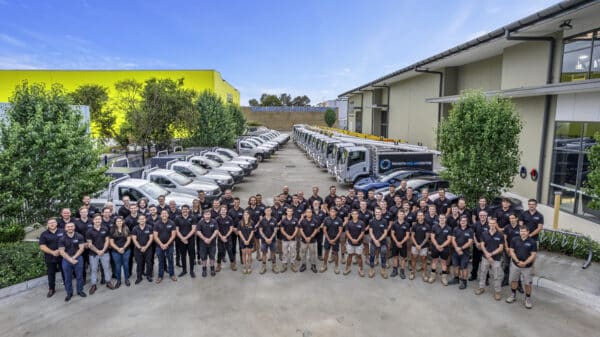
If you’re interested in learning a bit more about the importance of a good installer for your solar (the most important component of any system, seriously), you might want to check out the following article titled, In-house Installers vs. Subcontractors: Which is Better?
